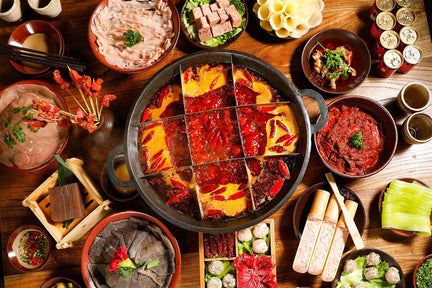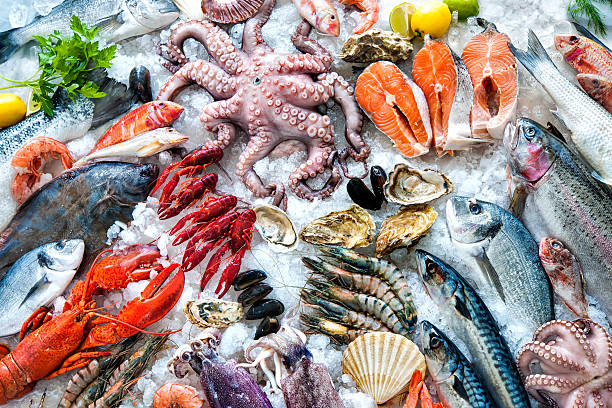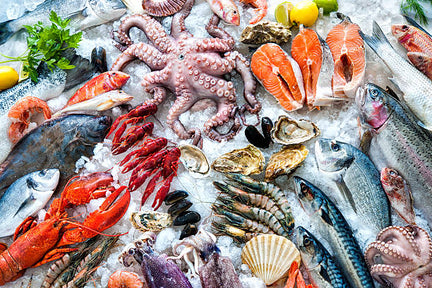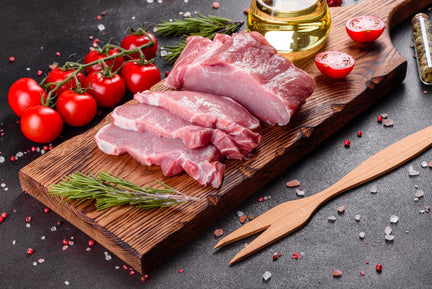
Riesling
Riesling is an aromatic white grape variety known for its versatility, producing wines that range from bone dry to lusciously sweet.
All about Riesling
Appearance
- Color: Range from pale straw to a bright, golden yellow, with greenish hints in younger wines.
- Opacity: Generally clear and bright, with a crisp and clean appearance.
Aroma
- Primary Aromas: Citrus fruits (lime, lemon, grapefruit), green apple, pear, and stone fruits (nectarine, apricot).
- Secondary Aromas: Floral notes such as jasmine, honeysuckle, and orange blossom. Aged Rieslings may develop unique petrol or kerosene notes, which are considered a desirable trait.
- Tertiary Aromas: With age, Rieslings can develop complex aromas like honey, nuts, and even a hint of minerality from the soil.
Flavor Profile
- Fruit Flavors: Dominantly citrus (lime, lemon), orchard fruits (apple, pear), and stone fruits (peach, apricot).
- Other Flavors: Notes of honey, ginger, and sometimes minerality or slate from certain terroirs.
- Oak Influence: Riesling is typically unoaked to preserve its natural acidity and aromatic qualities, though some regions might use neutral oak to add subtle texture without imparting oak flavors.
Structure
- Body: Light to medium-bodied, offering a refreshing and sometimes slightly oily mouthfeel.
- Tannins: Minimal to none, as Riesling is a white wine.
- Acidity: High acidity, which contributes to its crispness and aging potential.
- Alcohol: Ranges from 8% to 12%. Though some warmer regions might produce higher-alcohol versions.
Join the club
Get this varietal often & more delivered to your doorstep when you join our wine club!
Classic Series Membership
Regular price
From $39
Regular price
Sale price
From $39
Unit price
/
per
Vintners Series Membership
Regular price
From $42
Regular price
Sale price
From $42
Unit price
/
per
Limited Series Membership
Regular price
From $52
Regular price
Sale price
From $52
Unit price
/
per
Pairings for Riesling










